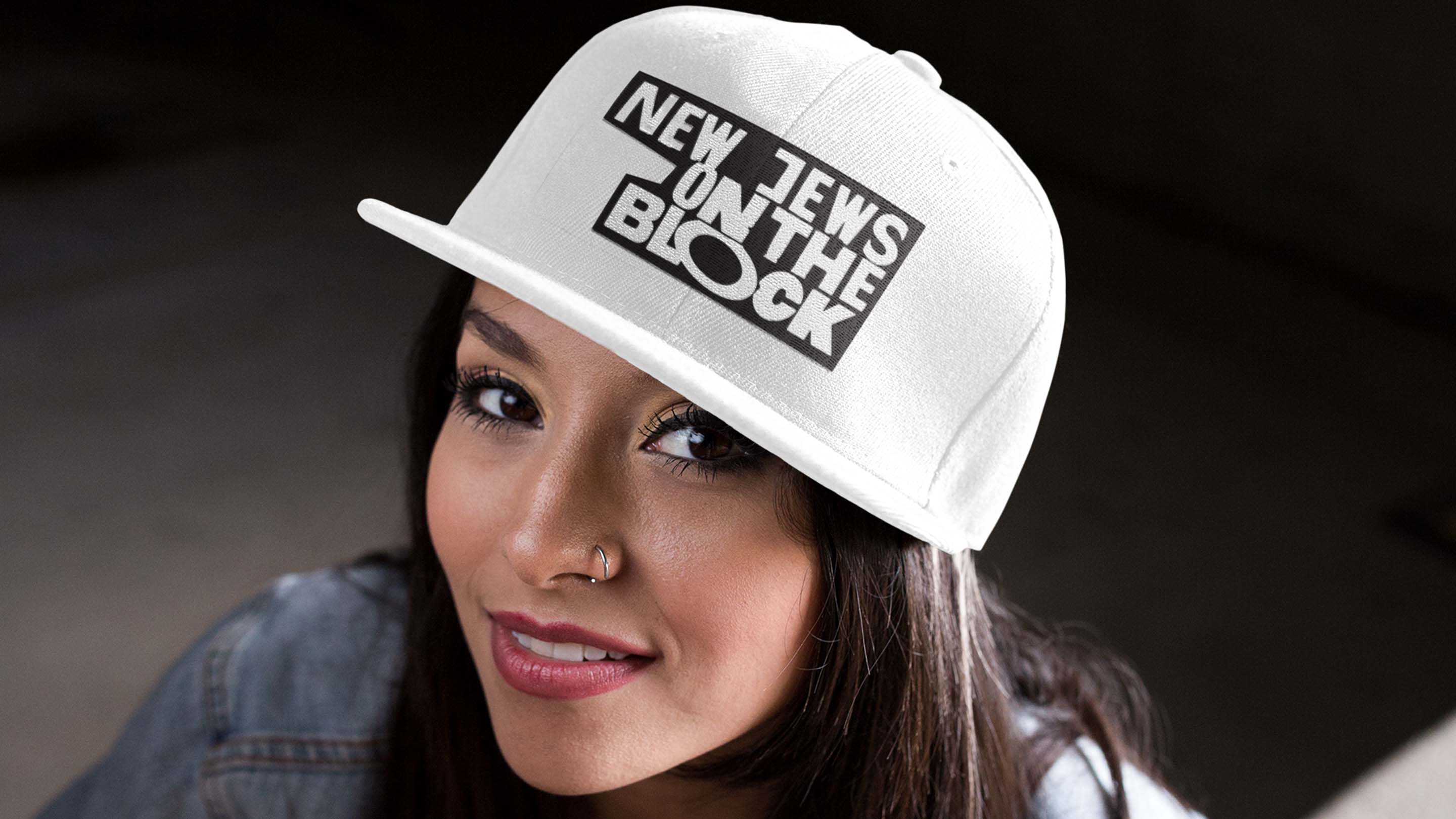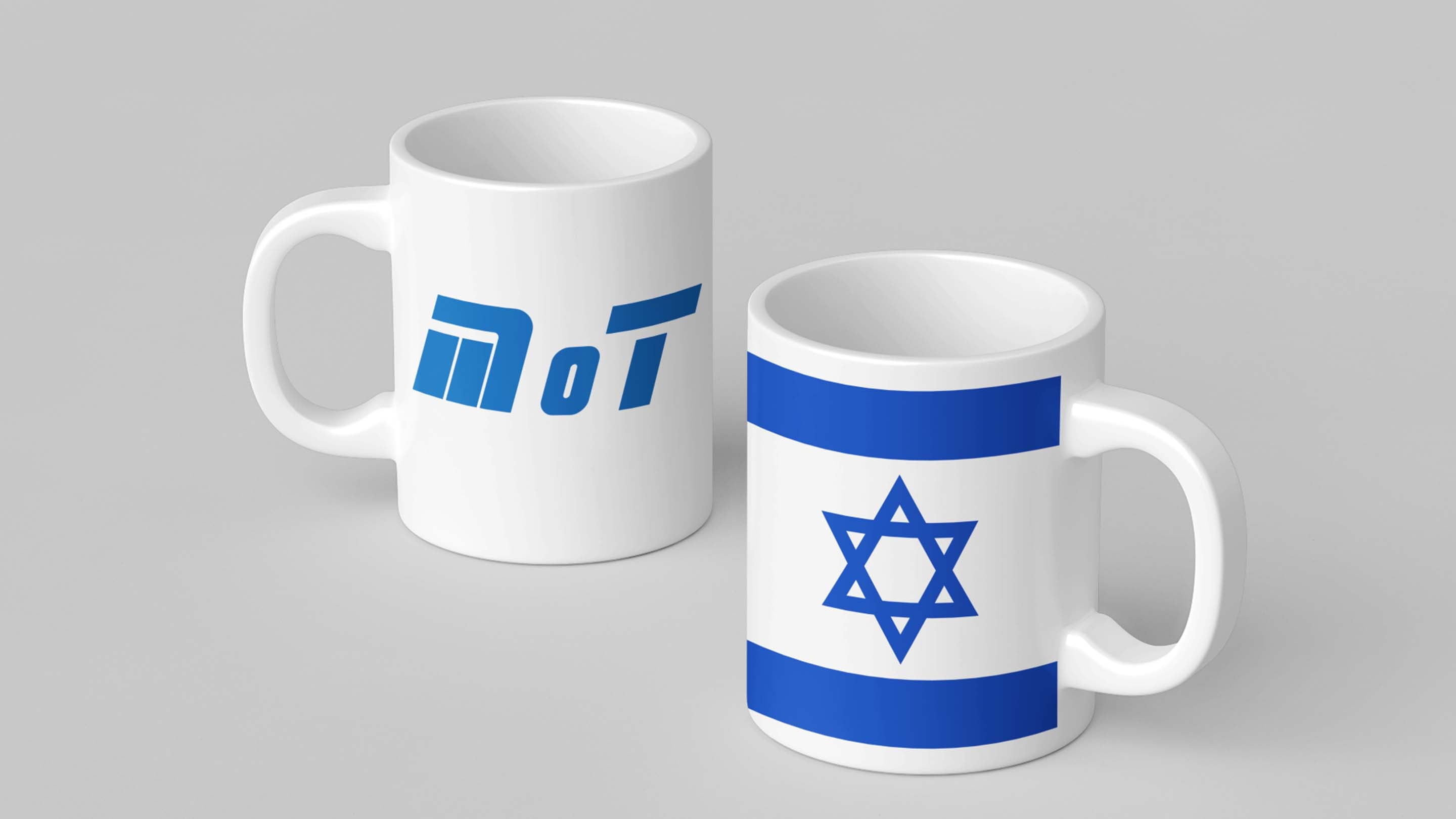The Cultural Significance of Designs: A Journey Through History and Expression
Designs are far more than just patterns, colors, or shapes. They’re visual storytellers, carrying the essence of cultures, histories, and identities. Whether it’s the intricate embroidery on a traditional garment, the minimalist lines of modern architecture, or even a simple logo, designs speak volumes about where we come from, who we are, and what we value. Let’s dive into the fascinating world of design and explore its cultural significance in shaping societies and preserving heritage.
Designs as Cultural Narratives
Designs have always been intertwined with human expression. From ancient cave paintings to digital illustrations, they serve as cultural narratives that document the beliefs and practices of their time. Here's how designs have carried cultural significance across history:
-
Ancient Symbols and Meanings
- Early societies used designs to represent spiritual beliefs or connect with nature.
- Cave paintings, hieroglyphics, and indigenous carvings weren’t just decorative; they told stories, recorded events, and conveyed moral lessons.
- For example, Native American patterns often symbolize harmony with the Earth, using geometric shapes to reflect balance and unity.
-
Textiles and Clothing
- Traditional garments often display designs unique to specific regions or ethnic groups.
- In Jewish culture, for instance, the tallit (prayer shawl) is adorned with tzitzit (fringes) that hold deep religious significance, representing commandments and spiritual connection.
- Similarly, kilts in Scotland or kimonos in Japan carry national pride and historical context in their designs.
-
Architecture as Identity
- Architecture across the world reflects the values and priorities of its creators.
- Gothic cathedrals in Europe, for example, showcase intricate designs symbolizing faith and devotion.
- On the other hand, modern skyscrapers with clean lines and glass facades emphasize innovation and progress.
The Cultural Significance of Designs in Modern Times
While traditional designs often reflect historical values, today’s design landscape incorporates a blend of heritage and contemporary trends. Here’s how designs continue to hold cultural significance in the modern era:
1. Logos and Branding
- A company’s logo is much more than just a symbol; it’s an identity.
- Take Nike's swoosh, for instance. It’s globally recognized and associates the brand with motion and success.
- For brands rooted in cultural pride, like Em oh Tee, designs often reflect heritage and community values, serving as a nod to their roots while appealing to a broader audience.
2. Social Movements and Activism
- Designs are powerful tools for social change.
- Think of the rainbow flag for LGBTQ+ rights or the Black Lives Matter fist symbol. These designs have transcended visual appeal, becoming rallying cries for justice and equality.
- Jewish-themed merchandise, often featuring symbols like the Star of David, reflects a sense of pride and resilience, especially in the face of rising antisemitism.
3. Everyday Art in Fashion
- Fashion designers frequently draw inspiration from cultural motifs.
- For example, African prints with vibrant colors and bold patterns tell stories of ancestry and tribe.
- Streetwear brands often incorporate graffiti art, blending urban culture with individual expression.
Why the Cultural Significance of Designs Matters
Design is more than aesthetics. It’s a bridge between the past and the present, a way to preserve identity while adapting to change. Here are a few reasons why cultural designs matter:
- Preserving Heritage: Designs keep traditions alive, passing them down through generations.
- Fostering Unity: Shared symbols and patterns can strengthen a community’s sense of belonging.
- Promoting Awareness: Designs can educate others about a culture’s values, history, and struggles.
- Encouraging Innovation: By blending traditional elements with modern techniques, designs evolve while honoring their roots.
FAQs About the Cultural Significance of Designs
1. What makes a design culturally significant?
A design becomes culturally significant when it reflects the values, beliefs, or identity of a particular group of people. It often carries symbolic meaning rooted in history or tradition.
2. Can modern designs still hold cultural significance?
Absolutely! Modern designs often incorporate traditional elements, creating a fusion that honors the past while adapting to contemporary tastes.
3. Why do companies use culturally inspired designs?
Brands use culturally inspired designs to connect with specific audiences, evoke emotional resonance, and showcase their appreciation for a particular heritage or movement.
4. How do designs influence society?
Designs have the power to shape opinions, inspire action, and foster a sense of belonging. They often act as visual representations of societal values and priorities.
5. Are cultural designs protected by copyright?
This varies by region. Some indigenous or traditional designs are protected under intellectual property laws, while others may not be, leading to concerns about cultural appropriation.
Conclusion
Designs aren’t just eye candy; they’re cultural artifacts with deep significance. They tell stories, preserve traditions, and inspire change. Whether it’s a centuries-old embroidery pattern or a sleek modern logo, designs reflect who we are and where we come from. By appreciating the cultural significance of designs, we not only celebrate diversity but also ensure that these visual narratives continue to thrive for generations to come.
So, the next time you see a pattern, logo, or piece of art, take a closer look. You might just uncover a story waiting to be told.
























